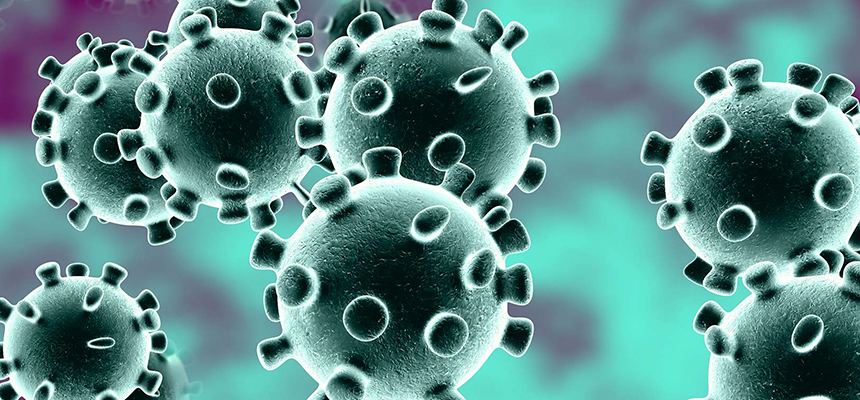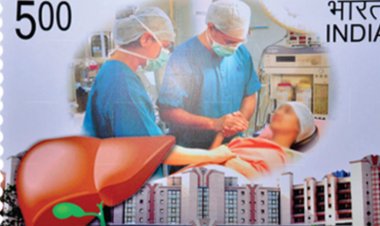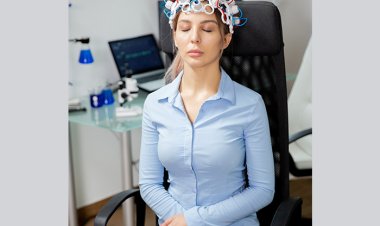IMMUNODEFICIENCY IN CHILDREN

Components of immune system
There are three main types of cells in our blood. They are red blood cells, white cells and platelets. Red cells contain haemoglobin which helps to transport oxygen to all parts of the body. Platelets help in blood clotting. It is the white cells (leukocytes) that play an important role in defence against infection. They help in protecting against infection and fight it when the infection occurs. In other words, they provide ‘immunity’ against infection. The main groups of white cells are granulocytes, monocytes and lymphocytes. Granulocytes include neutrophils, oesinophils and basophils.
- Neutrophils attack and destroy the invading microorganisms by literally swallowing them. They are therefore also called as phagocytes.
- Oesinophils and basophils play an important role in allergic reactions.
- Monocytes play an important role in certain infections like tuberculosis (TB), fungal infections and also clear debris from the sites of infection and injury.
- The lymphocytes play a central role in immunity. The important group of lymphocytes are T lymphocytes, B lymphocytes and Natural Killer (NK) cells
- The B lymphocytes produce specific chemicals (antibodies) in response to invasion by any germs or foreign attacker. These antibodies are called immunoglobulins. These immunoglobulins recognize and bind the germs, marking them for destruction by other cells of the immune system. There are 5 main immunoglobulins namely IgA, IgD, IgE, IgG and IgM. Of these IgA, IgG and IgM are most common.
- T lymphocytes also play an important role in recognizing and attacking germs or foreign invaders, secrete chemicals called cytokines which kill organisms and play an important role in defence against viruses. They also play crucial role in coordinating the immune defences.
- Natural killer (NK) cells are able to kill the cells directly. They target a variety of cells including tumour cells, virus infected cells and transplant cells.
Dr Ramesh, Paediatrician, Star Hospitals, Hyderabad, said, “If an individual’s white cells cannot provide this immunity, such an individual is said to be immunodeficient. This could occur when there is a deficiency in the number of these white cells or if these white cells are not functioning properly. Immunodeficiency could be inherited (primary immunodeficiency) or secondary to other factors (secondary immunodeficiency)
.Primary immunodeficiency is due to a defect in the child’s genetic makeup. Individuals with primary immunodeficiency may have associated features that could point towards a diagnosis. There may be a history of immunodeficiency in the family members. Secondary immunodeficiency can be caused by some diseases, infections and drugs.”
When to suspect immunodeficiency
Immunodeficiency is suspected when frequent serious infections occur in a child. Some of the scenarios where immunodeficiency is suspected are:
- Frequent severe infections (examples pneumonia, meningitis, blood infections etc.)
- Severe infections caused usually less harmful organisms (examples thrush, chicken pox, measles etc.)
- Infections caused by unusual organisms (which are not expected to cause infection in healthy children- examples Pneumocystis carinii, Aspergillus, Cytomegalovirus, Cryptosporidium)
- Complicated infections that are difficult to treat or requiring prolonged treatment
- Infections affecting several parts of the body
- History of immunodeficiency in family member
- Failure to gain weight (due to poor feeding, chronic diarrhoea and frequent infections).
The spectrum of diseases could range from mild to life threatening illnesses. The age of onset also varies with severe immunodeficiency disorders presenting in infancy.
Diagnosis of immunodeficiency
When you suspect immunodeficiency, seek an appointment with your paediatrician or immunologist. The paediatrician will take a detailed history to establish if the child is likely to have an immunodeficiency disorder. He will also ask if the parents of the child are related (increased risk of some primary immunodeficiency disorders).
If the doctor suspects an immunodeficiency disorder, he will do some initial screening tests to look at the number of immune cells and also their function. If any abnormality is detected in the initial screening tests, further tests may be indicated to diagnose specific immunodeficiency disorder. At this stage, referral to an expert in immunodeficiency disorders may be indicated. Some immunodeficiency disorders also have specific genetic tests available for diagnosis. Some tests may also be needed to detect any undiagnosed infections.
Treatment of immunodeficiency disorders
The choice of treatment depends upon the underlying diagnosis. The various treatment options available are:
- Regular antibiotics (prophylaxis) to prevent infections. Depending upon the underlying condition, the child may also require regular antiviral and antifungal medications in addition to regular antibiotics.
- Immunoglobulin injections in children with immunoglobulin deficiency. Immunoglobulins are solutions of purified human antibodies which have been extracted from normal blood donations. However they increase the antibody levels only transiently and need to be repeated at periodic intervals.
- Bone marrow transplantation: it is the definitive treatment in some disorders.
The family also need to be educated regarding the signs of infection so that early treatment could be started.
Reach out and book your appointment now, Call: 040 4477 7777, +91 9100 911 911
Book Appointment: Dr. Ramesh, Paediatrician, Star Hospitals, Hyderabad

.jpg)
 Disclaimer: Welthi.com does not guarantee any specific results as a result of the procedures mentioned here, and the results may vary from person to person.
Disclaimer: Welthi.com does not guarantee any specific results as a result of the procedures mentioned here, and the results may vary from person to person.









